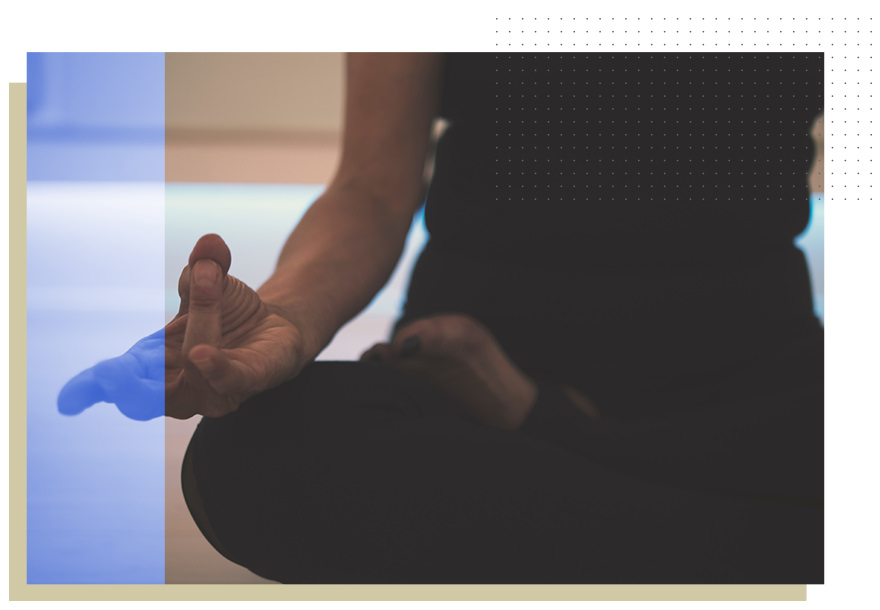Neuroplasticity Training
Brain development does not halt during, or after, childhood. We are always learning; our brains never stop changing. This phenomenon is called neuroplasticity.
The practice of neuroplasticity training takes place over an extended period of time, harnessing that ability to change with focused exercises and activities meant to retrain the brain, better tuning it to heal and recover, as well as heightening everyday cognition and coordination. These activities range from the physical activities, such as dance and reflex training, to the metaphysical activities, including mediation and music therapy.

Every human action causes a neurological reaction, and can be wielded as a tool to stimulate, and in turn, alter the function in the parts of the brain intrinsically paired with those actions. Think of it like taking your mind for a workout at the gym. Brain patterns during neuroplasticity training are modified by holistic means rather than surgical, as in the case of Deep Brain Stimulation (DBS).
Neuroplasticity training programs are built individually for patients based on the type of dystonia being treated. They may involve some of the following practices or others not listed:
Breathing techniques
Body part movements
Dance
Drumming
Juggling
Martial arts
Meditation
Mindful nutrition
Music therapy
Relaxation sessions
Sensory stimulation
Tai Chi
Yoga
The mixture of training activities undertaken and frequency with which a patient applies them is designed to positively impact specific parts of the brain – those misfiring or otherwise at the root of a patient’s dystonic symptoms.
Down with Dystonia Disclaimer
The medical information contained in this article is for general information only. It is not intended to provide instruction and you should not rely on this information to determine diagnosis, prognosis or a course of treatment. It is crucial that care and treatment decisions related to Dystonia and any other medical condition be made in consultation with a physician or other qualified medical professional.
Down with Dystonia is not responsible for the consequences of your decisions resulting from the use of this information, including, but not limited to, your choosing to seek or not to seek professional medical care, or from choosing or not choosing specific treatment based on the information. You should not disregard the advice of your physician or other qualified health care provider because of any information you receive from us. If you have any health care questions, please consult the relevant medical practitioner.